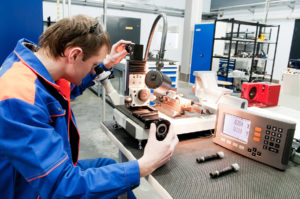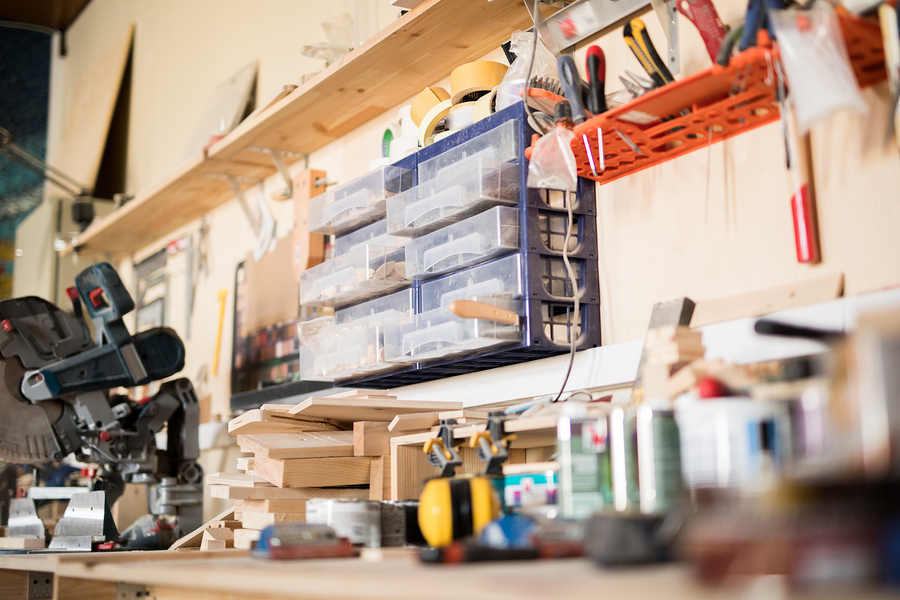You have a good maintenance program in place. It’s thorough and proven effective through your KPIs, while remaining consistent, well-tracked, and easily adapted if need be. But you think it can be even better. How do you make a great thing even better, without accidentally introducing inefficiency? Simple: Tweak the peripherals without disturbing the approach.
By thinking outside the box, you can address the indirect variables that affect your maintenance outcomes. Because these variables aren’t part of the overall scope of maintenance, they’re ripe for improvement — improvement that will inadvertently benefit your maintenance efforts. Don’t change things from a process standpoint; address issues both within and outside the established framework of your maintenance plan.
Consider what’s not considered
We already know that the type and frequency of maintenance performed impacts machine reliability and efficiency. What we might not be paying attention to is something more indirect, like how often we’re cleaning the workspace around a machine or what type of tools are being used to facilitate maintenance. This is where opportunities for improvement are plentiful. Some basic examples include:
- Using better equipment and parts doesn’t change your approach to maintenance, but it could result in better machine reliability and availability over the long-term.
- Having better tools available won’t impact how you perform maintenance, but it may boost the quality of the job performed, leading to a better caliber of maintenance.
- Better training, similar to better tools and equipment, can improve the results from general and routine maintenance procedures.
- Cleaner, more well-maintained workspaces mean less debris and fewer detractors present, leading to a lower rate of contamination or obstruction in machine operation.
- Outsourcing maintenance can absolve you of difficult maintenance tasks, enabling in-house techs to focus more on essential tasks and daily demands.
- Auditing your process provides valuable insight into whether your maintenance approach works as well as you think it does.
All of these adjustments and many more like them won’t affect how you deliver maintenance, but they may impact the quality of your maintenance approach.

Effecting change … without change
By paying attention to variables outside the scope of general maintenance, manufacturers open themselves up to additional carryover benefits. For example, although cleaning a workstation more frequently may primarily benefit maintenance efforts, it can also reduce the risk of workplace injury and create pride of ownership among operators.
Instead of changing an effective maintenance approach, focus on the culture surrounding plant reliability. This means encouraging workers to think outside the normal realm of operations to better effect positive change. Instilling drivers of accountability, innovation, and transparency may lead to improvements across previously unaccounted for variables.
A new piece of maintenance equipment, better training, or different parts may not change the way you execute maintenance tasks, but it can certainly improve them. This is how you make a good maintenance program better, without disrupting the fundamental framework that enables its success.
